Bamboo pulp processing is a sophisticated procedure that involves several stages to transform bamboo into usable paper. The initial phase, materials preparation, is followed by the critical step of pulp cooking. In this stage, bamboo chips are soaked and heated in a pulper to the appropriate temperature, facilitating the breakdown of the bamboo structure. The process specifications suggest that a vertical pulper is particularly suitable for this task.
Following cooking, the bamboo pulp undergoes washing and screening. Due to the long fibers and good drainability of bamboo fiber, it is easier to wash compared to other straw pulps or even hardwood pulps. Equipment such as vacuum washers, pressure pulp washers, and horizontal belt filters are commonly employed, with twin roll presses or DD washers being favored for large-scale production. The washing process utilizes multi-section countercurrent washing to efficiently extract black liquor, which is crucial for alkali recovery.
Screening and cleaning are also integral, aimed at removing impurities like crude residues, dust, and sand, which can negatively impact the quality of the final bamboo paper product. The adoption of a closed screening system with concentrations of 2-3% helps in saving water, reducing pollution, and minimizing the treatment required for slurry-residue.
The final stage, bamboo pulp bleaching, is designed to enhance the whiteness of the pulp while maintaining its strength. Modern bleaching processes, such as ECF (Elemental Chlorine-Free) and CEH (Chlorine Dioxide, Hypochlorite), are employed, taking into account both efficiency and environmental protection. These stages collectively contribute to the production of bamboo paper, which is recognized for its strength and wide range of applications.

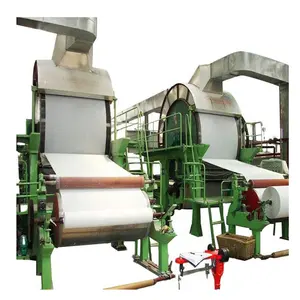


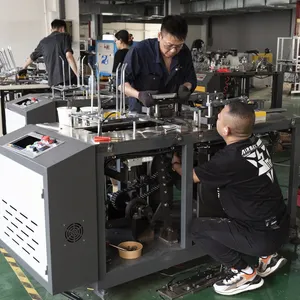



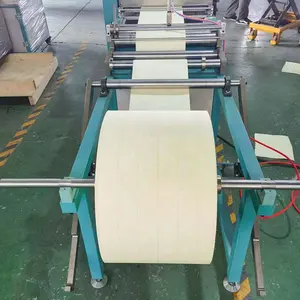

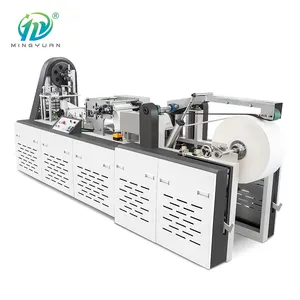
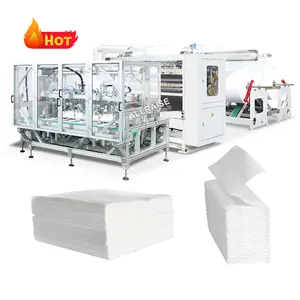







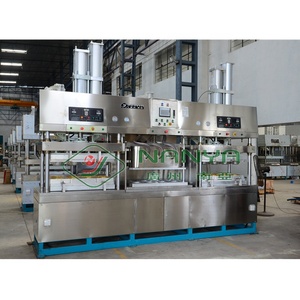


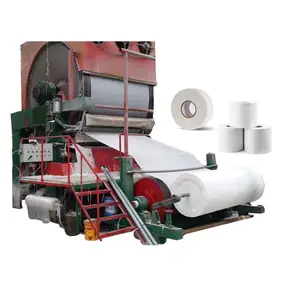
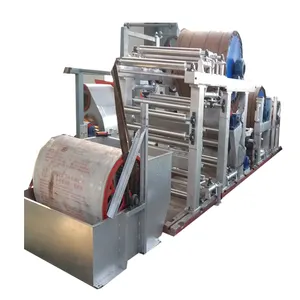
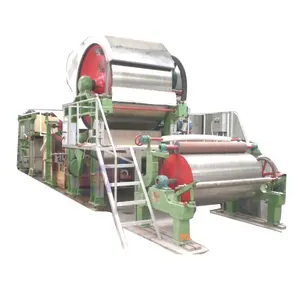
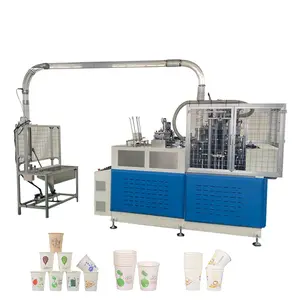






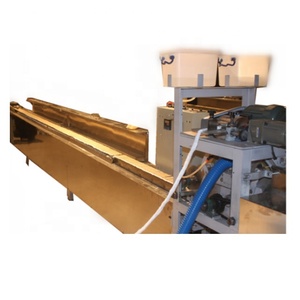

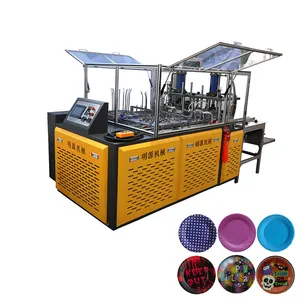









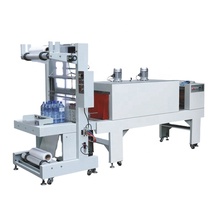



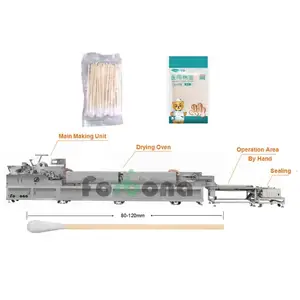



























 浙公网安备 33010002000092号
浙公网安备 33010002000092号 浙B2-20120091-4
浙B2-20120091-4